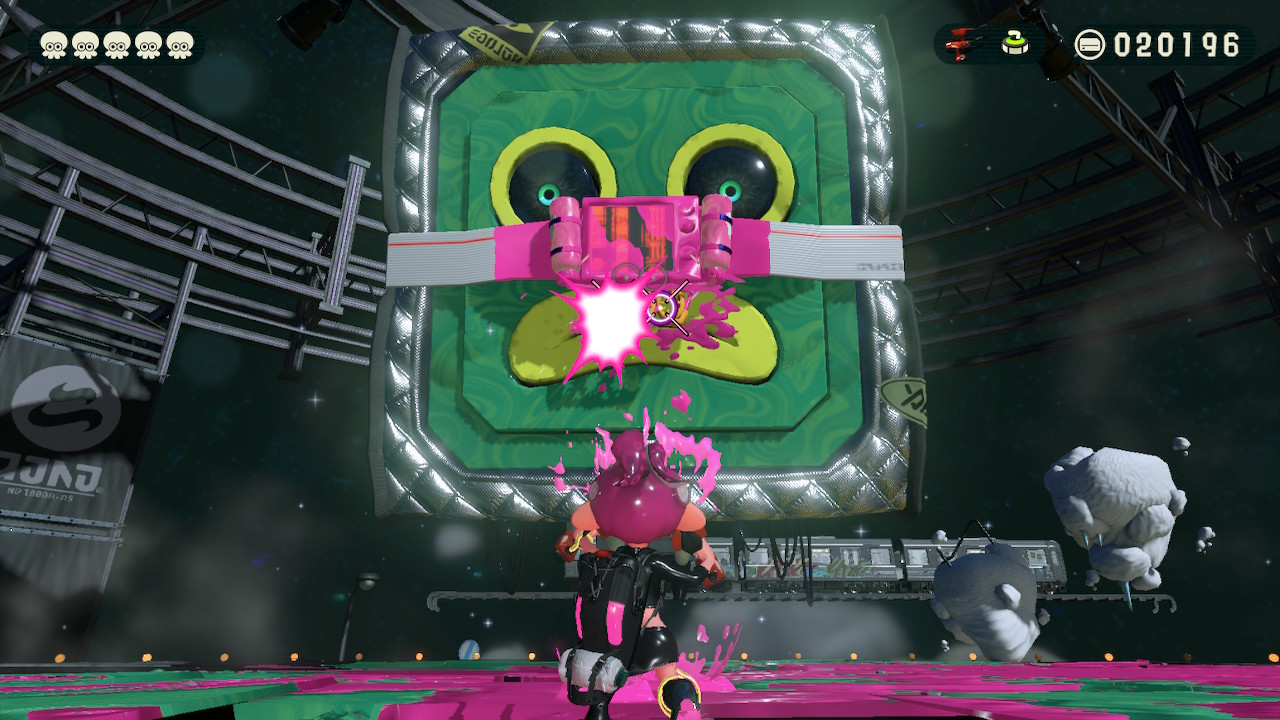
Beginning in the early months of 2004, he and a handpicked team of some 20 archaeologists and workers scanned the earth under the Ciudadela, returning every afternoon to upload the results to Gómez’s computers.

He erected a tent over the sinkhole, to keep it away from the prying eyes of the hundreds of thousands of tourists who visit Teotihuacán each year, and with the help of the National Institute of Anthropology and History arranged for the delivery of a lawnmower-size, high-resolution, ground-penetrating radar device. You have to have a clear hypothesis, and you have to get approval.” “The problem was,” he told me, “you can’t just dive in and start tearing up earth. If he was correct, it would be a find of stunning proportions-the type of achievement that can make a career. He theorized that he was now looking at a kind of mirror tunnel, leading to a subterranean chamber beneath the Temple of the Plumed Serpent. Gómez knew that archaeologists had previously discovered a narrow tunnel underneath the Temple of the Sun. In designing Teotihuacán (pronounced tay-oh-tee-wah-KAHN), the city’s architects had arranged the major monuments on a north-south axis, with the so-called “Avenue of the Dead” linking the largest structure, the Temple of the Sun, with the Ciudadela, the southeasterly courtyard that housed the Temple of the Plumed Serpent. “I could make out some of the ceiling,” he told me, “but the tunnel itself was blocked in both directions by these immense stones.” Gómez came to rest in the middle of what appeared to be a man-made tunnel. So he tied a line of heavy rope around his waist and, with several colleagues holding onto the other end, he descended into the murk. Gómez fetched a flashlight from his truck and aimed it into the sinkhole. He is fond of saying that there are few living humans who know the place as intimately as he does.Īnd as far as he was concerned, there wasn’t anything beneath the Temple of the Plumed Serpent beyond dirt, fossils and rock.
#Hard truck 2 secrets professional
He has spent the past three decades-almost all of his professional career-working in and around Teotihuacán, which once, long ago, served as a cosmopolitan center of the Mesoamerican world. Gómez is wiry and small, with pronounced cheekbones, nicotine-stained fingers and a helmet of dense black hair that adds a couple of inches to his height. “The second was, ‘How exactly are we going to fix this?’” “My first thought was, ‘What exactly am I looking at?’” Gómez told me recently. One morning, Sergio Gómez, an archaeologist with Mexico’s National Institute of Anthropology and History, arrived at work to find a nearly three-foot-wide sinkhole had opened at the foot of a large pyramid known as the Temple of the Plumed Serpent, in Teotihuacán’s southeast quadrant. The grounds of the city’s central courtyard buckled and broke.
#Hard truck 2 secrets torrent
Dig sites sloshed over with water a torrent of mud and debris coursed past rows of souvenir stands at the main entrance. In the fall of 2003, a heavy rainstorm swept through the ruins of Teotihuacán, the pyramid-studded, pre-Aztec metropolis 30 miles northeast of present-day Mexico City.


 0 kommentar(er)
0 kommentar(er)
